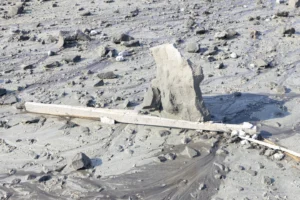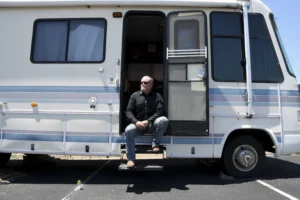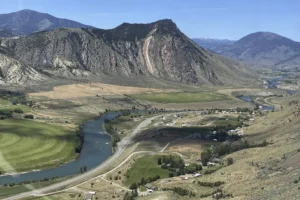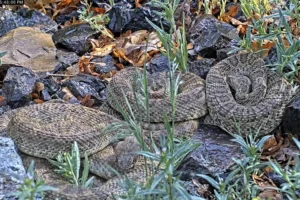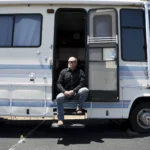Teton Raptor Center in Wilson Receives Grant from National Trust for Historic Preservation
Funds will help rehabilitate campus barn for additional educational activities
- Published In: Other News & Features
- Last Updated: Aug 18, 2022
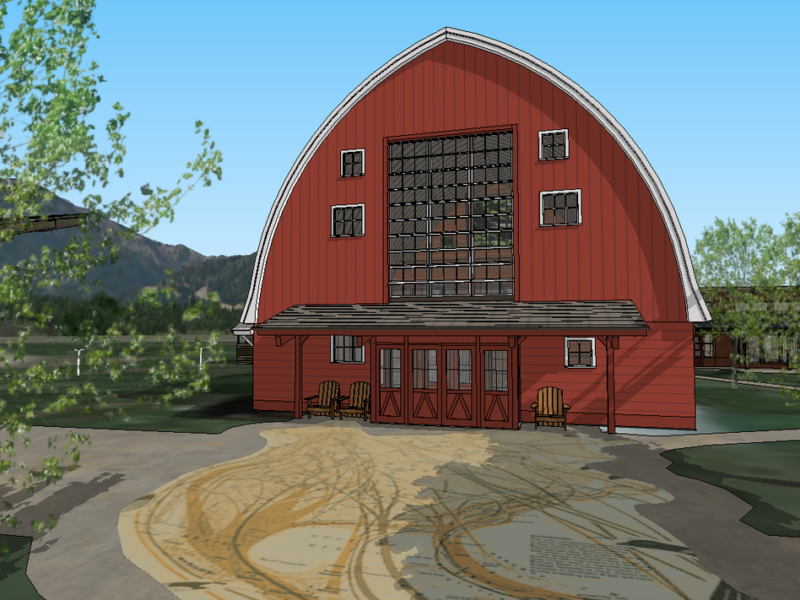
Pictured above is an artist’s rendering of the Hardeman Barn at the Teton Raptor Center in Wilson once it has been renovated for additional education programs and outreach initiatives. The Center received a $10,000 grant from the National Trust for Historic Preservation for the project. (Courtesy image from the Teton Raptor Center)
By Kristi Eaton
Special to the Wyoming Truth
The Teton Raptor Center in Wilson has been awarded a $10,000 grant from the National Trust for Historic Preservation to rehabilitate its Hardeman Barn, allowing for additional education programs and outreach initiatives.
The Center, a conservation nonprofit and home to 13 resident raptors, is in the midst of a $12 million capital campaign. It also is raising funds through philanthropy partners, donors and other avenues.
Adapting the barn has a price tag of about $2.5 million, Amy McCarthy, executive director of the Center, told the Wyoming Truth.
“We’ve been greeted with a lot of enthusiasm for what is termed adaptive reuse,” she said. “Not just locking something up in a box so that we can observe it from the outside, but bringing new life into these old structures. And in endeavoring to do that in the most respectful fashion, there’s obviously changes that have to take place to make the building a four-season space, to make it comfortable and to make it safe for people.”
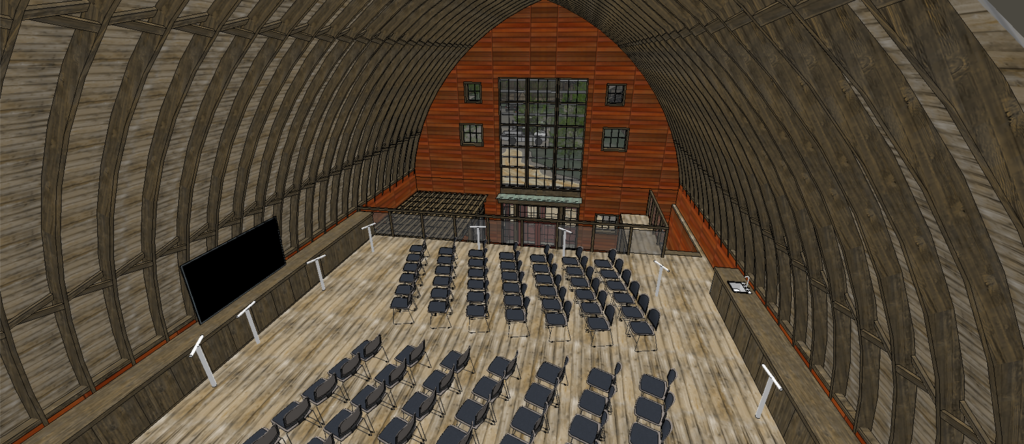
The renovation effort will move forward in a way that showcases all the beautiful architecture and hand craftsmanship that went into constructing the barn between 1940 and 1942, McCarthy added.
McCarthy said they hope to open the doors to the barn in April 2023. The renovated building will include space for interpretive displays, a learning lab area and classrooms.
“We look forward to a lot of collaborative opportunities with other organizations in conservation, and in art and humanities,” McCarthy added. “There’s just all different intersections, where we can bring in the birds and have an artist do an avian art program. We might be downstairs in the learning lab and pull out a bunch of microscopes and start picking apart owl pellets.”
She said they plan to offer more thematic programs, deepening the topics touched on in the standard Raptor Encounters program.
“We might have a program on raptor migration, or a program focused on flight, bird anatomy, etc. The list is really endless and having a permanent home in which to offer education and interpretation is priceless,” McCarthy added.
Annually the Center sees about 20,000 program participants, but the majority of those contacts are at outreach venues throughout the community. With construction under way, only about 10% of program participants engage through an onsite experience at present, McCarthy said.
The Center is one of 27 organizations nationwide in 21 states to receive money from the National Trust’s two funds: a 2022 Johanna Favrot Fund for Historic Preservation and the Cynthia Woods Mitchell Fund for Historic Interiors.
A total of $215,300 in grants from these funds will help preserve a diverse range of historic sites across the country, including interior restoration of Threatt Filling Station, an African American-owned business and safe haven for local and traveling people of color along U.S. Route 66 in Oklahoma during the Jim Crow era.

